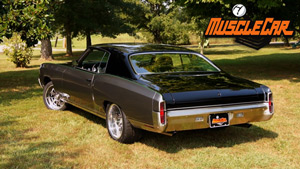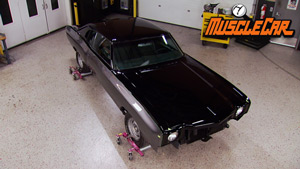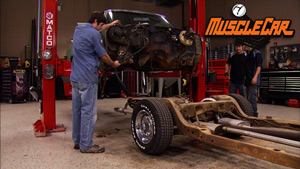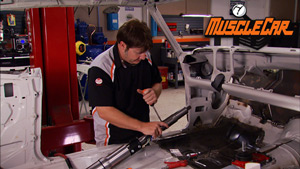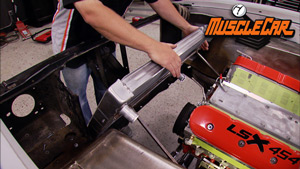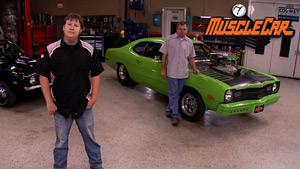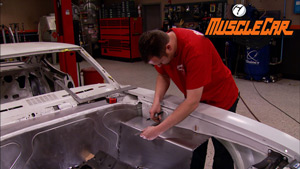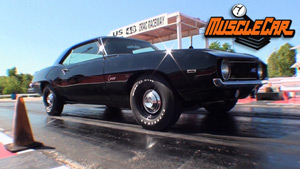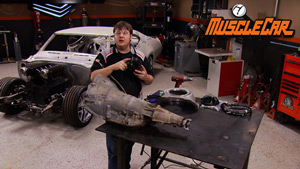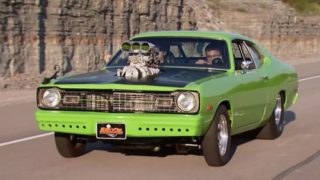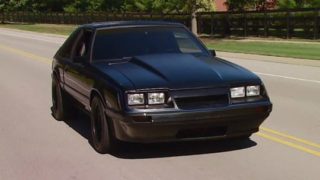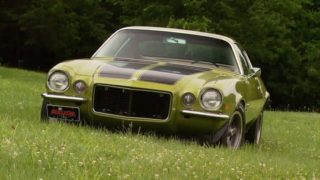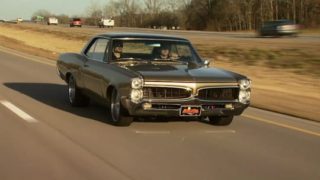MuscleCar Builds
Want more content like this?
Join the PowerNation Email NewsletterParts Used In This Episode
Auto Meter
5 " tach, Utralite series, volts, oil and water
Borgeson
Steering U-joint double joint.
Chris Alstons Chassisworks
Mandrel bent drive shaft hoop.
Fuel Safe
Bolt in replacement fuel cell with bladder.
Holley
Cushion clamps, 5/8" and 3/4".
Kentucky Mustang
Drivers side door.
Made For You Products
Plumbing line clamps.
Moroso
Steering column and mount kit.
Mustangs Plus
3'' fiberglass cowl hood.
Mustangs Plus
Flared front fiberglass fender.
Mustangs Plus
Front fiberglass bumper.
Mustangs Plus
Rear fiberglass bumper.
Russell Performance
8 an fuel line, fittings, and line clamps.
Weldon Pumps
EFI fuel pumps.

